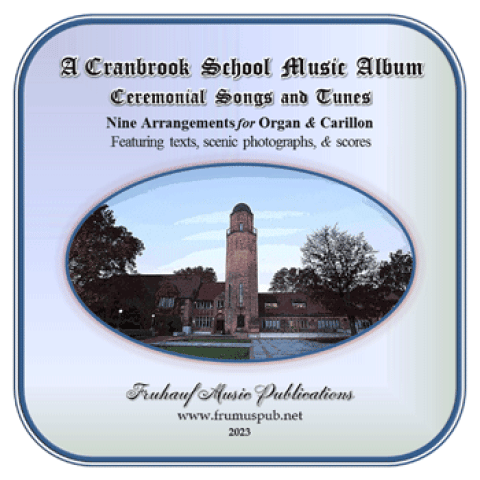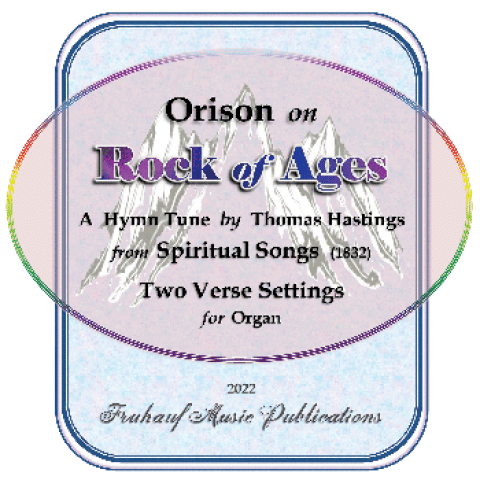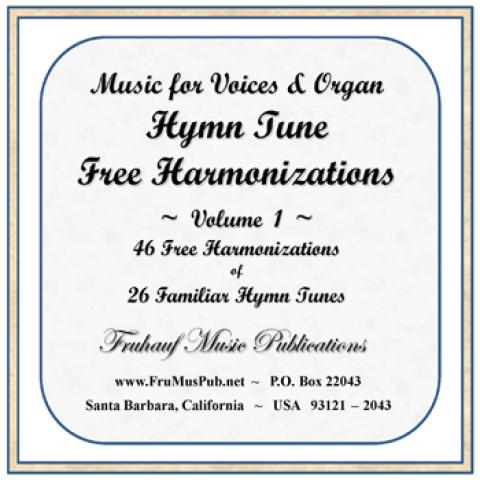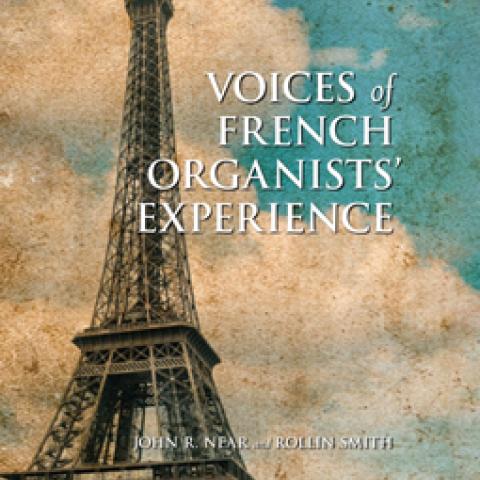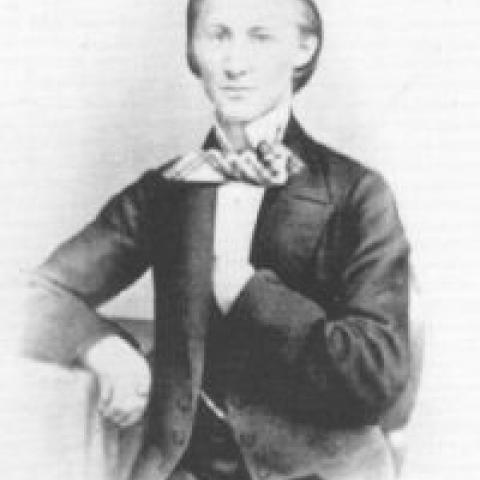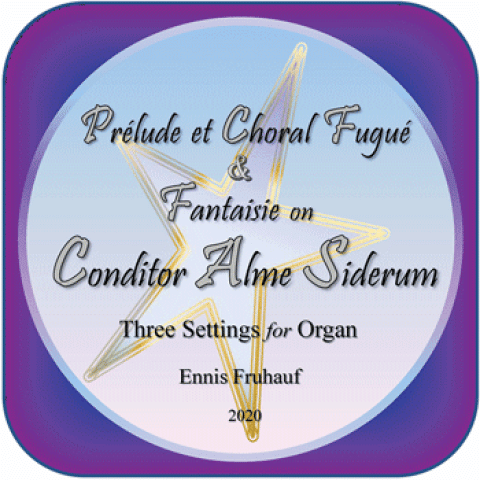
Fruhauf Music Publications announces a new publication. An English Cantata for Voices and Organ grew from two verses from a Tennyson poem that have been woven into a chorus, augmented with five movements that blend Anglican texts and hymntunes into a variety of traditional Baroque textures and structures.
In February, Fruhauf will offer a complimentary score, a departure from the originally planned selection: Sonata on Marion and the Ash Grove for carillon (or other keyboards, harp, et al.), combining a traditional secular folk tune from Wales with a 19th-century hymntune composed by Arthur Henry Messiter and named for his wife, Marion. Both tunes are presented in the form of an abbreviated single-movement sonata format, appropriate for one or two performers.
For information: frumuspub.net.
Other recent publications:
End of Time in the Middle Ages

